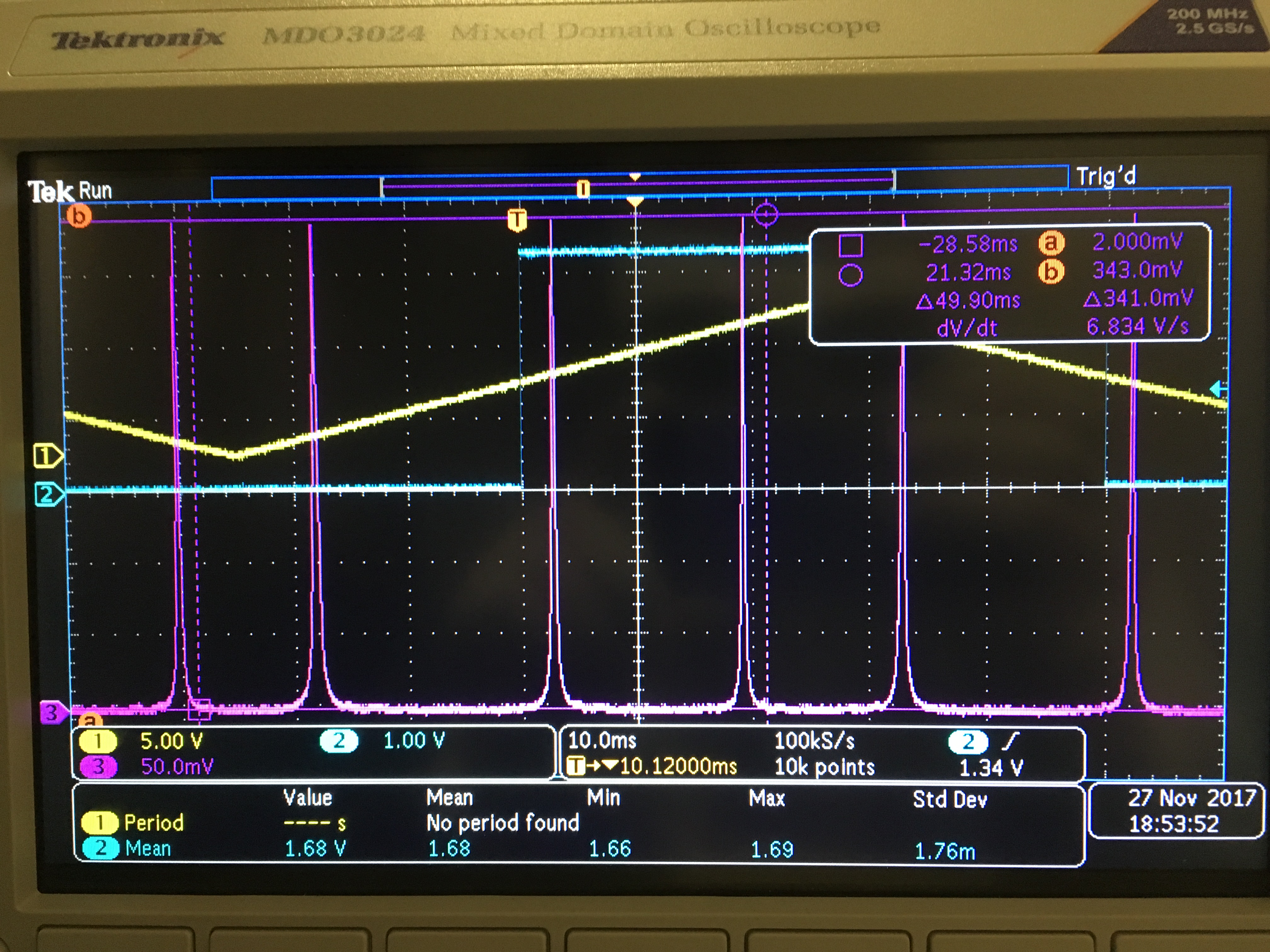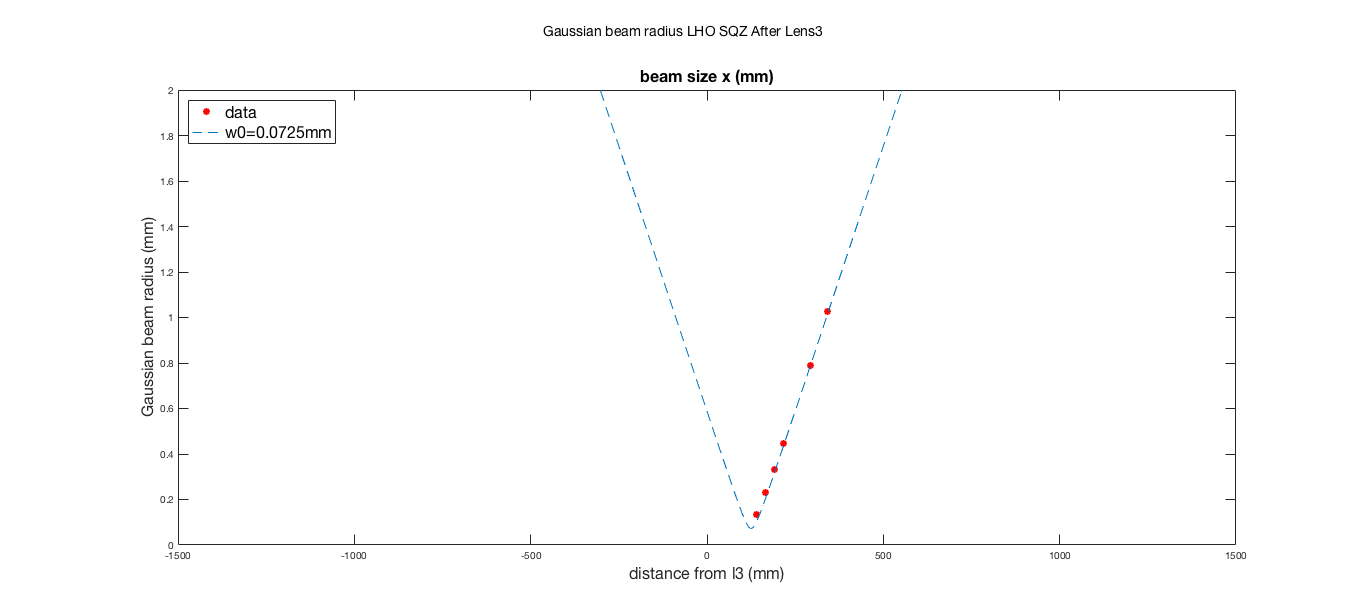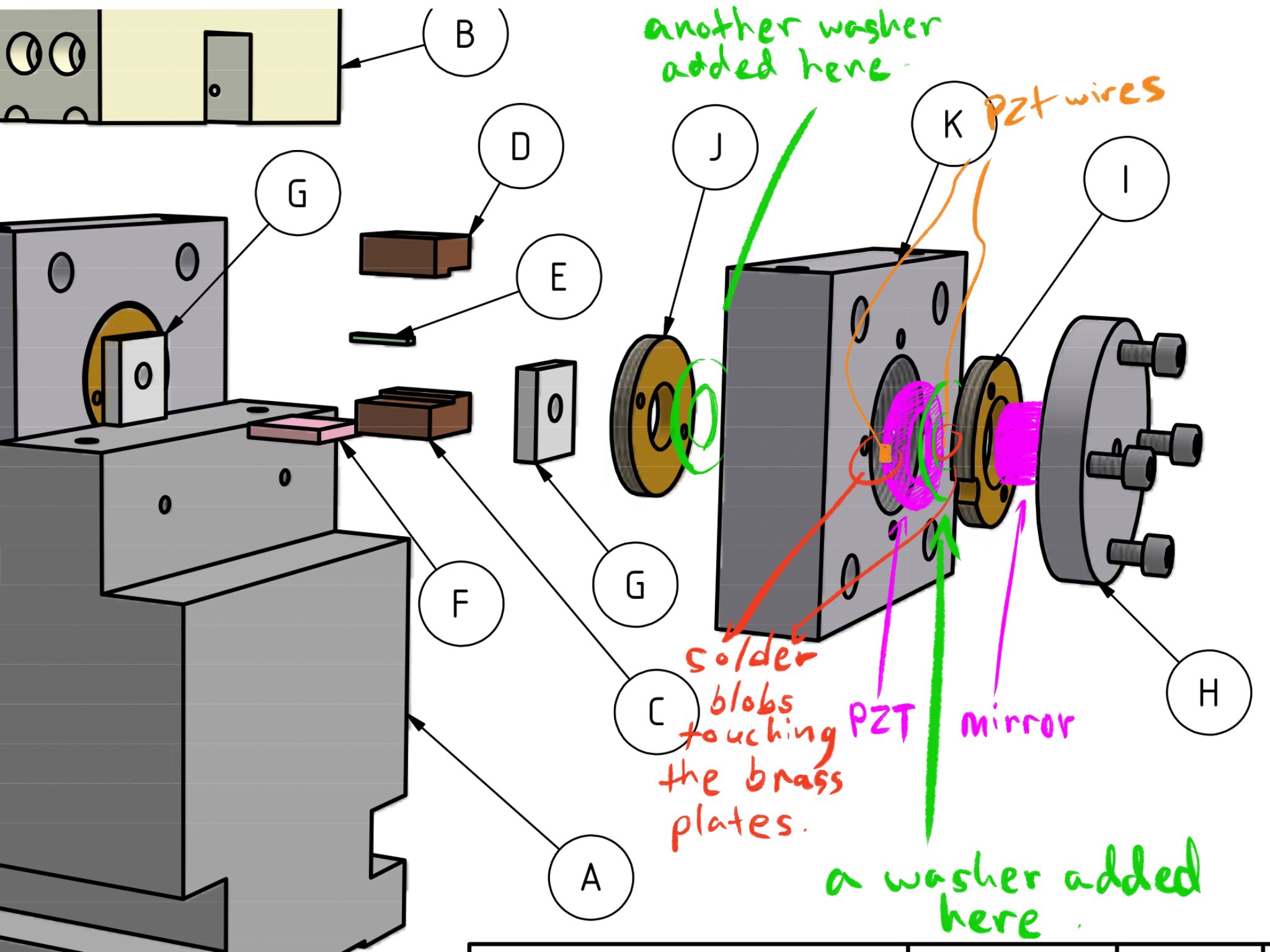Ops Shift Log: 11/28/2017, Day Shift 16:00 – 00:00 (08:00 - 16:00) Time - UTC (PT)
State of H1: Unlocked - Vent
Intent Bit: Engineering
Support: N/A
Incoming Operator: N/A
Shift Summary: Continuing vent work
Activity Log: Time - UTC (PT)
15:52 (07:52) Richard – Going into the CER
16:00 (08:00) Start of shift
16:05 (08:05) Richard – Out of CER
16:35 (08:35) Filiberto & Peter – Going to electronics rack by HAM2
16:40 (08:40) John Feicht from CIT on site
17:09 (09:09) Filiberto & Peter – Out of the LVEA
17:21 (09:21) Filiberto & TJ – Going to both end stations to isolate the HWS camera
17:58 (09:58) Cheryl, Keita, Ed, & Jeff K, - Going to HAM2/3 for IO alignment
18:02 (10:02) Brandon King – Dychem on site to service blue mat
18:08 (10:08) Jeff B – Give Dychem rep a quick tour of LVEA
18:40 (10:40) Terry & Nutsinee – Going to Squeezer Bay
18:45 (10:45) Brandon King – Leaving site
19:05 (11:05) End-Y Laser Hazard
19:36 (11:36) Gerardo – Going into LVEA and then into the Optics Lab
20:00 (12:00) TJ & Filiberto – Finished at End-Y – Both Ends are back to Laser Safe
20:32 (12:32) Ed – Out of the LVEA
20:33 (12:33) Jeff K. – Out of the LVEA
21:30 (13:30) Jeff K. & Ed - Back to the LVEA for IO alignment work
22:32 (14:32) Kyle – Going to Mid-Y
23:56 (15:56) Klye - Back from Mid-Y
00:00 (16:00) End of shift






































